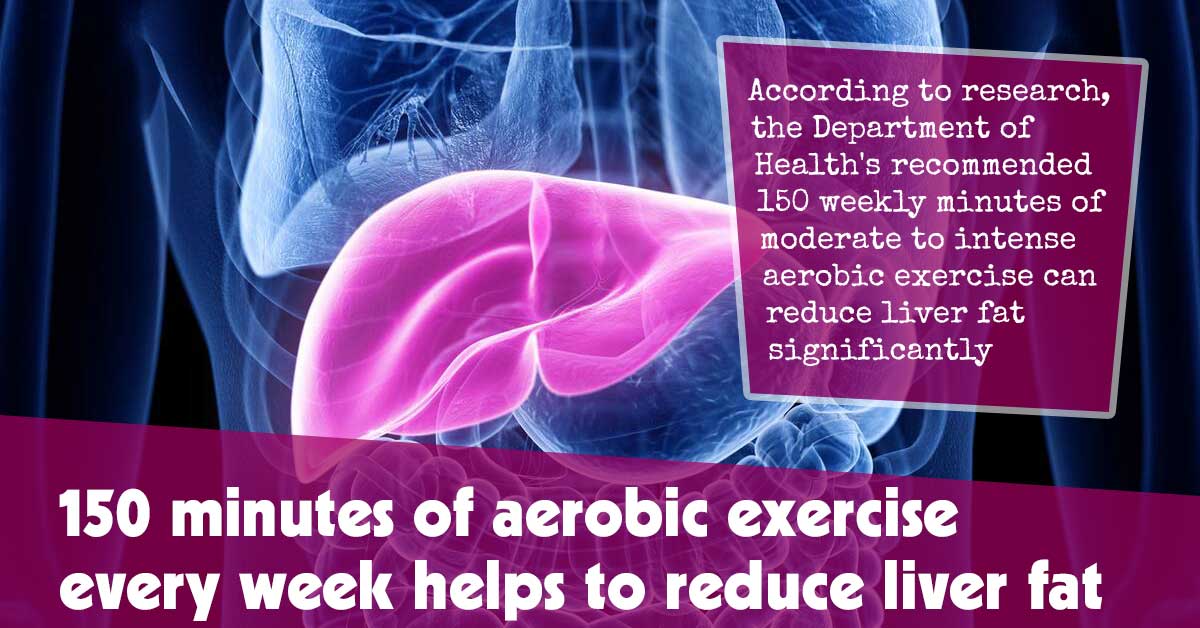According to research, the Department of Health’s recommended 150 weekly minutes of moderate to intense aerobic exercise can reduce liver fat significantly. The researcher’s meta-analysis of 14 earlier studies reveals that exercise results in clinically significant liver fat reductions for individuals with nonalcoholic fatty liver disease.1✅ JOURNAL REFERENCE DOI: 10.14309/ajg.0000000000002098
Although other research indicated that physical activity was helpful, it hadn’t established the precise exercise amount required to make clinically significant improvements.
The results can provide health professionals the assurance to recommend exercise as a nonalcoholic fatty liver disease treatment method. To have a target level of physical activity to achieve will be helpful for health professionals to develop individualized solutions as they assist individuals in modifying their lifestyles and becoming more physically active.
About 30% of the global populace is affected by nonalcoholic fatty liver disease which can eventually result in cirrhosis, also referred to as liver scarring, and cancer. There aren’t any approved pharmaceutical treatment options or an effective cure for nonalcoholic fatty liver disease; research has however shown that exercise can improve the quality of life, body composition, physical fitness, and liver fat for patients.
Earlier research hadn’t determined what the necessary exercise dose was to help individuals with nonalcoholic fatty liver disease achieve clinically significant improvement, which is defined as a minimum of a 30% relative liver fat reduction, measured by MRI.
The researchers reviewed 14 studies involving a total of 551 nonalcoholic fatty liver disease patients who had taken part in randomized, controlled studies involving exercise treatments. They evaluated data gathered from all the studies which included BMI, sex, age, MRI-measured liver fat, body weight changes, and adherence to the exercise program.
The study’s main objective was to examine the relationship between exercise activity and a clinically relevant liver fat improvement. Independent of weight loss, the researchers discovered that exercise was 3.5 times more likely to result in clinically significant treatment response (more than or equivalent to a 30% relative reduction in liver fat measured by MRI) in comparison to normal clinical care.
In the secondary analysis, the researchers established what the optimal exercise dose was to result in clinically significant liver fat improvements. They observed that 39% of individuals participating in more than or equivalent to 750 METs (as an example, 150 weekly minutes of brisk walking) achieved significant improvements in comparison to only 26% of individuals participating in lesser amounts of exercise.
According to the researchers, when this level of exercise was achieved, clinically relevant MRI-measured liver fat reductions were reached at a rate similar to that seen in drug trials evaluating medications that prevent fat production.
This level of activity should be recommended for nonalcoholic fatty liver disease patients. Light cycling or brisk walking for 30 minutes each day 5 times per week is just one example that would satisfy these criteria.



